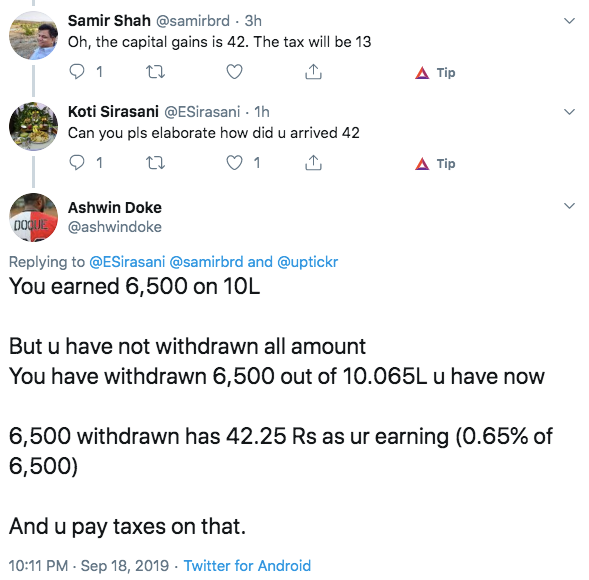Yesterday one of my friends posted a message on Facebook saying he supports in InternetDotOrg initiative of Facebook and pointed to a post by Mark Zuckerberg. I had some free time and wrote a eloborate explanation so as to why it is not really a good solution for bringing internet to the unconnected masses. The following text is a repost of the same.
Comment #1:
Hi. First, the issue behind InternetDotOrg is not about internet. It is about control and flow of information.
Let me break it down one step at a time:
Solving last mile internet penetration as you imagine is being done at various levels currently including fibre laying for e-Governance initiatives. This report http://www.indiatelecomonline.com/telecom-penetration-in…/ says 91% of the rural India are connected by at least one mobile operator.
Comment #2:
Next is affordability: Now that is a question we all can ponder. I will take my operator Airtel 2008-09 unlimited 2G data for one month was @98rs, then it was 2GB for 98, then 1GB for 98, then it started climbing up 125, 145 and now it is 175 for 1GB of data. Who is driving the cost up? Is there more demand than supply? Why is 2G data cost rising when Airtel is rolling out 4G?
Comment #3:
I will try to answer them, but I don’t have all answers. Demand – Supply: Yes with smart phones demand has increased comparatively and that too drastically, but instead of moving the users to a higher bandwidth platform like 3G or 4G, telcos are trying to make use of the situation best by increasing prices in a congested bandwidth (is it really congested is a debate in itself :)) If properly billed urban masses can be migrated to 3G networks pretty easily, again due to crappy phones that most buy, 3G battery draining is a bottleneck for such an expansion. So everything is caught up in a muddle, and telcos have chosen the easy way out of charge more on what people use more
Comment #4:
Due to this muddling the once easily available internet has moved farther from the ‘poor and unconnected’ masses that InternetDotOrg says it wants to connect. The actual reality is everyone is connected already, only people don’t know it.
Comment #5:
Now let us talk about this “disadvantaged people of the society who are deprived of opportunity” and how IDotOrg is positioning itself. Disadvantage – Technologically there is none. Economically – YES. So IDotOrg says, it is going to give free access to NOT INTERNET but “..offers free access in local languages to basic internet services like …”, the key difference being internet and internet services. So anyone who partners with FB gets a path to reach the population. If you don’t partner you don’t get a customer. Simple. Personally I am not much worried about this at this point from business stand point and don’t talk Net Neutrality here. At the end of the day, it is a choice, even I might use it, because all I care about internet in my mobile is Whatsapp. Everything else I have my house Wifi.
Comment #6:
What bothers me is the things that we don’t see, while giving a selection of internet services is one way to solve the problem, there are surely many other.
- Use public corp like BSNL to provide cheap or free internet in rural areas.
- Why not repurpose barely used resources like EduSat satellite?
- Why not create a whitespace in the mobile spectrum and leave it free for hyper-local non-profit telcos like a Community Radio?
- Use other white space solutions like the ones Microsoft Proposes http://www.business-standard.com/…/govt-to-test-white…
- Use something like Google’s Project Loon with a more stationary setup.
All these solutions are driving at providing affordable internet connectivity, not just Internet Services. Nobody owns airwaves, it is not some exhaustible resource. All of the above won’t happen because there is NO MONEY in it and nobody really cares about a sustainable long term solution for affordable internet.
Comment #7:
Facebook is doing it because, user acquisition has plateaued. It is not a startup but a listed corporation. It needs to make shareholders happy, one of the key metrics is user base. The next billion users of FB are not going to come from America or Europe, but from South Asia and Africa. So there needs to be a way to tap into this potential user base, this cannot happen because of the bottleneck – affordability. So by IDotOrg FB is trying to acquire users. You might say it is a win-win situation for both the users and FB. At this point I should agree. But I won’t. Because I am going to apply a simple test here, imagine the most vulnerable person who has zero idea about online privacy, data tracking, focused advt, behaviour tracking, face recognition and other technology used by FB. Now can IDotOrg collect enough data to make this person’s life miserable? Does the person have any idea of what he is giving up for what he is getting? Is it the right price to pay? Are YOU willing to be that person? Are you willing to live in a flat with the perfect view of the garden, but never being allowed to enter the garden? I cannot. I am not willing to be that person. I don’t want my idea of internet, my access to information, and my choice of using a particular web service decided by a for-profit corporation which makes money based on people’s choices and behaviour.
Comment #8:
I would request you to reread Zuckerberg’s post again and really see has he anything to say except marketing crap. I suppose he is doing nothing but selling.






